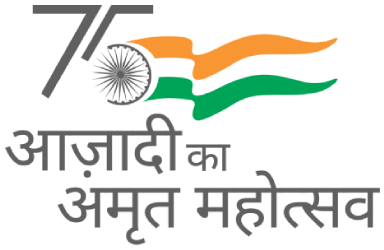Murari Lal Gaur
Department of Agricultural Engineering, B. A College of Agriculture, Anand Agricultural University, Anand, Gujarat, India,
E-mail: mlgaur07@gmail.com
Received on: 03.10.2020, Accepted on: November 6, 2020
DOI: https://doi.org/10.47884/jweam.v1i3pp33-44
ABSTRACT
Grasslands together with rangelands & pastoral scenery, forms about 40% of the global land surface, and remains animportant ecosystem to offer livelihoods for more than 800 million people. They are active sink for about one-thirdof the global stock of carbon. The growing issues of climate change and water scarcity have added a new dimensionto the values of such lands with a critical warning to appropriately understand their hydrological processes and waterbudget. Harnessing optimum productivity of bio-mass and water from such land parcels is a growing need to caterthe upward feeding demands of India’s livestock (being largest in the world ~623 M of which at least 50 % dependsupon open grazing on natural grasslands). Indian grasslands are still least understood and underestimated naturalhabitats where grazing-based livestock husbandry continuously influence the regional water economy. Therationale of this paper is revealing potential benefits and developmental prospects of Indian grasslands to facilitatetheir elementary role to regulate prevailing natural resources at watershed scales. It describes the interacting factorsthat indeed affect the hydrologic cycle under rangeland/pastureland conditions. The author has shared his own casestudies and 20 years operational experiences while being actively engaged in planning, development andmanagement of grasslands, wastelands, and degraded forest catchments in many parts of India. It also includes fewoutcomes from execution of soil & water conservation plans & measures controlling runoff and soil erosion todeliver better (quantitative & qualitative) biomass outputs from such lands. A substantial food for thought isprovided for debating & devising a suitable component of water policy framework exclusively for such lands
Keywords: Grasslands, Livestock, Soil & Water Conservation, Grazing, Hydrology

